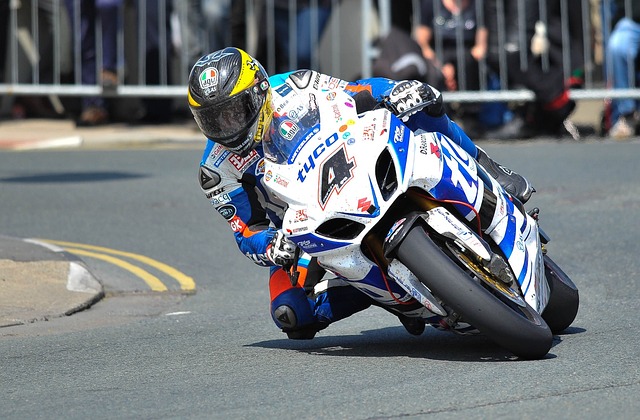Understanding High-Speed Sync in Photography
When it comes to photography, the interplay of light and shadow can make or break an image. Photographers are often on a quest for the perfect exposure, and one powerful tool to achieve stunning results is high-speed sync (HSS). This technique allows you to photograph in bright conditions without sacrificing a shallow depth of field or motion blur, opening up a world of creative possibilities.
What is High-Speed Sync?
High-speed sync is a feature that enables your camera and flash to work together at high shutter speeds, typically above the normal sync speed of 1/200s to 1/250s. This is particularly useful when shooting outdoors under harsh sunlight, as it allows you to overpower ambient light and use your flash to fill in shadows without losing detail or exposure.
The Power of Exposure Control
Imagine standing on a sunlit beach, your subject ready to pose against the stunning backdrop. However, the bright sunlight threatens to wash out the details and create harsh shadows. This is where high-speed sync comes into play, providing the ability to shoot with your flash at shutter speeds that freeze motion while perfectly balancing exposure. By using HSS, you can achieve vibrant colors, clearer skin tones, and richer details that would otherwise be lost in the glare.
When to Use High-Speed Sync
High-speed sync is particularly advantageous in various scenarios:
- Outdoor Portraits: Capture beautifully lit portraits without harsh shadows or blown-out highlights.
- Action Shots: Freeze fast-moving subjects, such as athletes or pets, while maintaining optimal exposure.
- Creative Lighting: Utilize off-camera flash to sculpt your subjects, enhancing their features and adding depth.
How to Set Up High-Speed Sync
To effectively use high-speed sync, ensure your camera settings align with your flash capabilities:
- Check your camera’s sync speed: Most DSLR and mirrorless cameras have a limit for normal flash sync, typically between 1/200s to 1/250s.
- Enable high-speed sync on your flash: Refer to your flash’s manual to activate the HSS mode.
- Adjust your shutter speed: Experiment with shutter speeds above your camera’s sync limit, typically ranging from 1/400s to 1/8000s.
- Play with aperture settings: A wider aperture can help create that dreamy background blur while still utilizing flash effectively.
Optimizing Your Gear and Technique
Using high-speed sync may require a few adjustments to your gear and shooting technique. A powerful external flash or speedlight is essential, as built-in camera flashes may not support HSS. Additionally, consider investing in quality optics to ensure sharpness and detail in your photos.
Practice is key to mastering high-speed sync. Experiment with different placements of your flash, distances from your subject, and settings until you achieve the desired look. Don’t hesitate to take test shots to fine-tune your exposure settings and understand how the light interacts with the scene.
Final Thoughts on High-Speed Sync
Incorporating high-speed sync into your photography toolkit can elevate your work to new heights. By mastering this technique, you’re not just capturing moments; you are crafting visually stunning images that convey emotion and story, all while maximizing light and exposure in any environment. So grab your camera, embrace the sunlight, and start experimenting with high-speed sync today!



